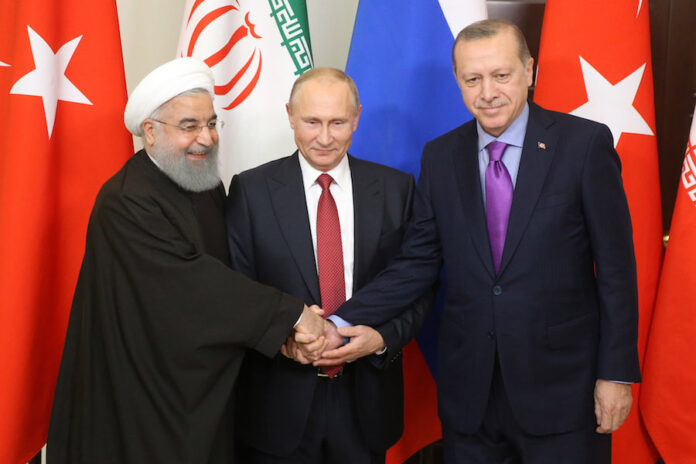Author: Vali Nasr
Affiliation: Johns Hopkins School of Advanced International Studies (SAIS)
Organization/Publisher: Foreign Affairs
Date/Place: January/February 2022/USA
Type of Literature: Analysis
Word Count: 4141
Link: https://fam.ag/3vwpQC1
Keywords: Sectarianism, Sunnism, Shia, Turkey, Middle East, USA, and Islam
Brief
After winning the presidency, Biden had a clear-cut global policy: “end the forever wars and focus on the China threat”. In doing so, the US has created a dangerous political vacuum that will be filled with the sectarian rivalries that the US previously exploited and magnified. The author’s main focus is the multi-level rivalry in the power struggle between Sunni powers (Gulf monarchies, Turkey) and Tehran. The article illustrates the manifestations of this struggle in different countries, stressing how Israel is putting Washington and Tehran on a collision course. Meanwhile, Russia and China are eyeing the Middle East as the US retreats. Both sides in the Sunni-Shiite conflict have weaponized religion in pursuit of power—not theological correctness—as those identities shape political allegiance. The article notes that the Iraq War has undone the delicate balance, which was Washington’s best strategy for the Middle East in the author’s view. Iran capitalized on the war to expand its influence through a network of armed proxies. To the Arabs, it seemed that the US was implicitly blessing Iran’s hegemony in the Middle East, particularly after Obama’s nuclear deal and his unwillingness to topple the Assad regime. Paradoxically, however, the nuclear deal was a force that limited Iran’s influence, where Tehran relies on its nuclear deterrent to protect its proxies as both grow hand-in-hand. Further, Trump’s aggressiveness consolidated the hardliners in Tehran. The author believes that sectarian tensions are far from over. The article sheds light on the volatile dynamics in Syria (Idlib, Kurdish-controlled areas), Iraq (recent elections, Sadr’s growing influence), Lebanon (Hezbollah’s grip of the state and a disgruntled Sunni and Christian population), and Yemen, which all have been grounds for a proxy war as mentioned earlier. The author outlines options available for the Sunni bloc to counterweight Tehran, one of which is the recent rapprochement between Ankara and the Gulf monarchies. Arab Sunnis have maintained better relationships with Washington and Tel-Aviv. On the other hand, Ankara has been more competent in its handling of Tehran. Ankara has stronger regional influence in Syria, Iraq, Lebanon, and Afghanistan. Further, Ankara has warmer relations with Tehran than Arab Sunnis. The article concludes by stressing that as the first and most important step, Washington needs to end the standoff with Tehran, and to actually work on an arrangement that discourages tensions and allows order in the Middle East.
Critical Commentary:
The article illustrates the US power vacuum left by its sudden withdrawal after it agitated tensions in the region. However, the analysis is one-sided and one-dimensional as it focuses on Sunni extremism, when Shiite extremism has been responsible for far more bloodshed and chaos. The author also ignores the roots of Sunni extremism that have a lot to do with corruption, authoritarianism, and statecraft. Moreover, the article fails to give meaningful recommendations as to what Washington should do besides simply reviving the Iran nuclear deal.
By: Hamza Emir, CIGA Research Intern




